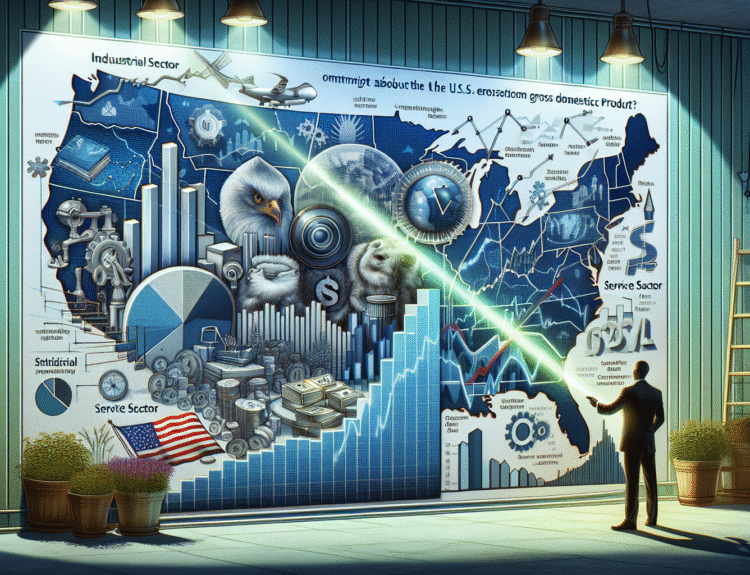Urbanization and Population Growth: Navigating the Future of Cities
The world is undergoing a seismic shift; urbanization and population growth are reshaping our landscapes, cultures, and economies. With an increasing number of people choosing to live in cities, these urban areas are becoming epicenters of opportunity, innovation, and sometimes, significant challenges. In this blog post, we will explore the intricate relationship between urbanization and population growth, the implications for our cities, and what the future may hold.
Understanding Urbanization and Its Drivers
Urbanization refers to the increasing population of people living in urban areas, resulting from migration from rural regions and natural population growth. As of 2023, over 56% of the world’s population resides in urban centers, with this figure expected to rise to 68% by 2050 (United Nations). But what drives this mass shift to cities?
- Economic Opportunities: Cities are often bustling with economic activities and job opportunities. This concentration of industry, finance, and services attracts individuals seeking better livelihoods.
- Access to Services: Urban areas provide better access to education, healthcare, and social services, which are often limited in rural areas.
- Social and Cultural Attractions: Cities offer diverse cultures, entertainment, and social interactions, making them appealing to younger generations seeking fulfillment and community.
Consequences of Urbanization
While urbanization can bring numerous benefits, it also presents significant challenges that cities must confront.
1. Infrastructure Strain
With rapid population growth, cities often struggle to upgrade essential infrastructure. Transportation systems, water supply, sewage treatment, and housing require immediate attention. For instance, in cities like Mumbai and São Paulo, inadequate infrastructure has led to traffic congestion, water shortages, and a lack of affordable housing.
2. Environmental Impact
Urban areas contribute to approximately 70% of global carbon emissions (World Resources Institute). The increase in population density leads to higher energy consumption and waste production. Urban sprawl also encroaches upon natural habitats, threatening biodiversity.
3. Social Inequality
Rapid urbanization can exacerbate social inequalities. Wealth disparity often leads to the formation of slums and informal housing sectors, where millions of people live without basic amenities. According to UN-Habitat, around 1 billion people currently reside in slums, which often lack sanitation, security, and proper infrastructure.

The Future of Urbanization and Population Growth
As we look toward the future, several key trends are likely to shape urbanization:
1. Smart Cities
The rise of technology is paving the way for ‘smart cities’ that utilize data-driven approaches to improve urban planning and sustainability. Cities like Barcelona and Singapore are leading the way in integrating smart technology into their infrastructure, from traffic management to energy efficiency.
2. Sustainable Practices
There is a growing emphasis on sustainable urban development. City planners are advocating for greener architecture, public transport systems, and renewable energy sources to reduce the carbon footprint of urban living.
3. Demographic Shifts
As populations grow and age, cities will face changing demands. For instance, older residents may require more healthcare services and accessibility options.
Case Studies: Cities Adapting to Change
- Tokyo: With a population of over 37 million, Tokyo has implemented intelligent transportation systems to manage traffic and reduce congestion. The combination of effective public transportation and urban planning has made it one of the most livable cities in the world.
- Copenhagen: This Danish city sets an example in sustainability with its ambitious goal of becoming carbon neutral by 2025. The use of cycling infrastructure and renewable energy sources showcases how cities can thrive while prioritizing environmental health.
Conclusion: A Collective Responsibility
Urbanization and population growth are inevitable trends that call for proactive measures from governments, organizations, and individuals. By investing in sustainable infrastructure, promoting inclusive policies, and encouraging innovation, we can tackle the challenges of urbanization head-on.
As we move towards a more urbanized future, our cities can become thriving, vibrant ecosystems that provide opportunities for all demographic segments, fostering growth and sustainability.
Tags:
#Urbanization #PopulationGrowth #SustainableCities #SmartCities #UrbanPlanning
Call to Action:
What are your thoughts on urbanization in today’s world? Share your insights in the comments below and let’s discuss how we can shape the future of our cities together!


